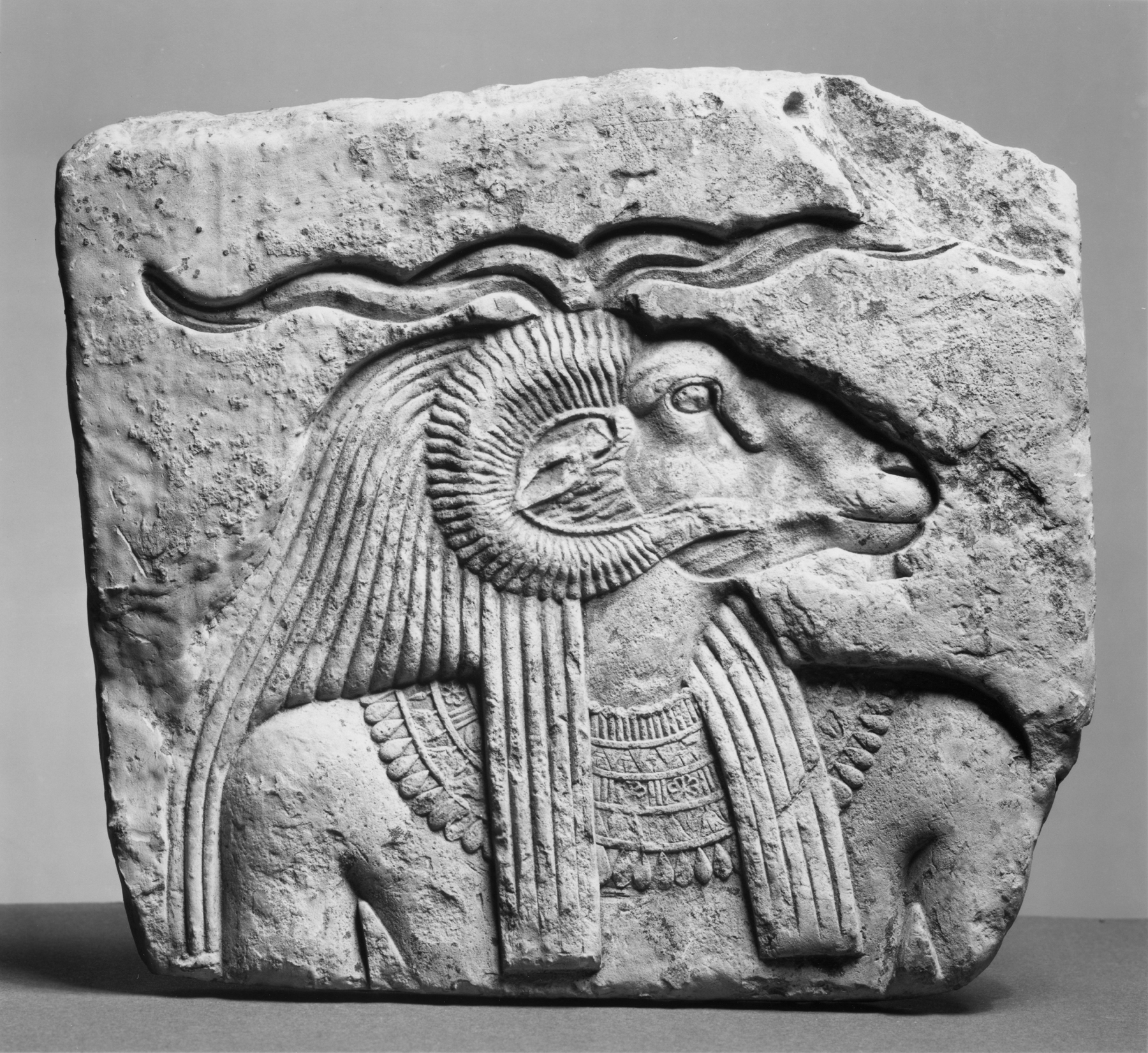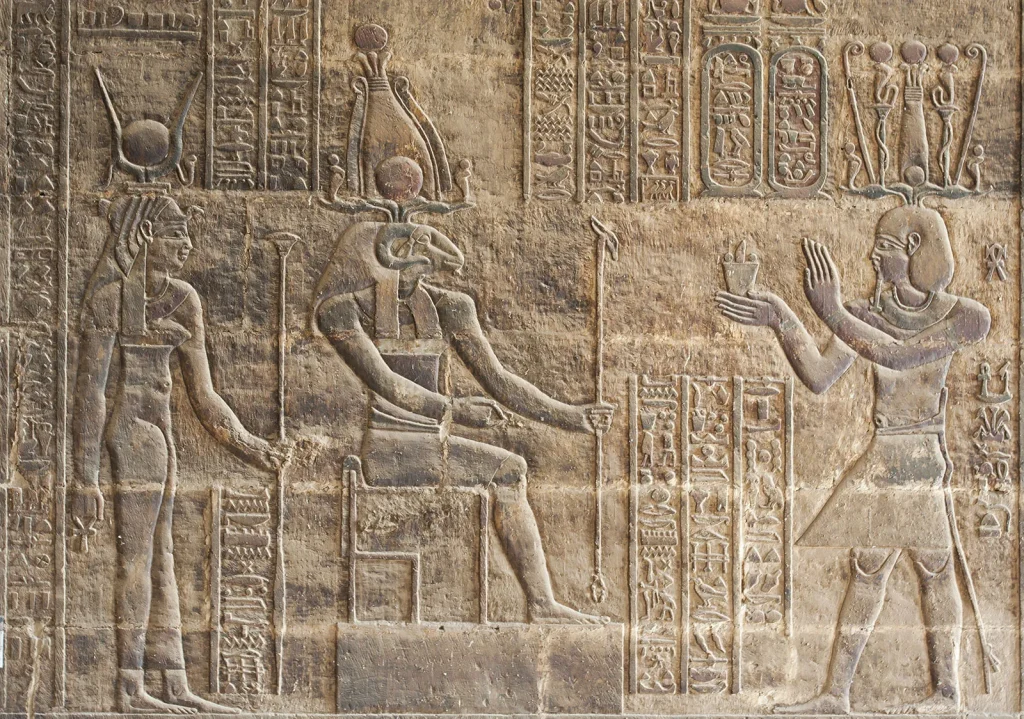In the vast tapestry of ancient Egyptian mythology, few figures stand as tall as Khnum, the revered deity known as the Creator. With his intricate ram’s horns and divine craftsmanship, Khnum held sway over the realm of creation, shaping gods and mortals alike with the skill of a master artisan. Join us on a journey through the enigmatic world of Khnum, as we uncover the myths, symbols, and significance surrounding this ancient Egyptian deity.

The Mythological Tapestry of Khnum
The story of Khnum is one that is steeped in mythology and legend. He is a deity who is said to have played a pivotal role in the creation of both gods and human beings. The ancient Egyptians believed that Khnum was a divine potter, who used his skilled hands to shape the physical forms of humanity from clay on his potter’s wheel. This process was no ordinary feat, as each stroke of his hand was imbued with the power of life, giving his creations the life force known as “ka.”
The act of creation was not just a symbol of Khnum’s mastery over the physical world, but it was also a representation of his crucial role as the custodian of cosmic order and balance. The Egyptians believed that Khnum was responsible for ensuring that the world remained in harmony, and that the balance between the natural and supernatural worlds was maintained. As such, he was a revered and worshipped deity, who was called upon in times of both joy and sorrow.
Khnum’s association with creation was not limited to just human beings, but also extended to the gods themselves. According to legend, Khnum was responsible for creating the gods of the Ennead, the nine deities who were worshipped in ancient Egyptian religion. The Ennead consisted of gods such as Atum, Shu, Tefnut, Geb, Nut, Osiris, Isis, Set, and Nephthys, each of whom had a unique role to play in the world.

Khnum’s mythological narrative is one that is rich in symbolism and meaning, representing the ancient Egyptians’ understanding of the world around them. Through his role as the divine potter, Khnum was seen as the ultimate creator, who had the power to bring life into the world. His association with cosmic balance and order made him a central figure in Egyptian mythology, and his legacy has endured through the ages. Today, the story of Khnum continues to captivate our imaginations, reminding us of the power of creation and the importance of balance in our lives.
Guardian of Fertility and Life
Khnum’s connection to the Nile River further solidified his status as a deity of fertility and life. Revered as the guardian of the Nile’s source, Khnum regulated the annual inundation of the river, ensuring the fertility of the land and the prosperity of its people. The silt and clay brought by the river’s floods were believed to be the very building blocks of creation, mirroring Khnum’s own role as the divine potter who shaped the world and its inhabitants.
Legacy and Reverence
Today, Khnum’s legacy endures as a symbol of creative power and divine craftsmanship. His influence can be seen in the intricate artwork and architecture of ancient Egypt, where his likeness adorns temples and tombs as a testament to his enduring significance. As we unravel the mysteries of Khnum, we gain a deeper appreciation for the ancient Egyptians’ profound reverence for the forces that shaped their world and gave life its eternal rhythms.
Final Words
Join us as we delve into the timeless myths and symbols surrounding Khnum, the Creator of ancient Egypt, and discover the profound wisdom embedded in his divine legacy.
